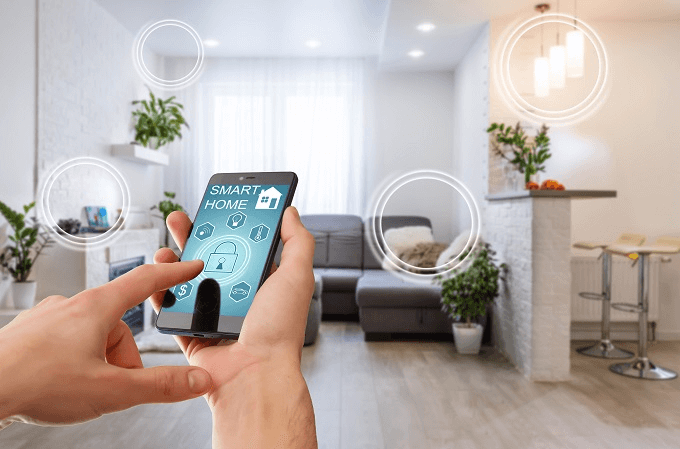In today's digital era, the idea of a smart home is no longer a futuristic dream but a present reality. Many homeowners and businesses are turning their houses and workplaces into interconnected hubs where devices communicate seamlessly. However, with this convenience comes the pressing concern of security. Hence, understanding how to secure smart home Wi-Fi becomes paramount. Ensuring the integrity of your network not only protects your personal data but also keeps your devices from being hijacked by malicious entities.
Given the increasing incidents of cyber threats targeting smart devices, it's crucial to adopt a strategic approach to safeguard your smart home network. Whether you're a tech-savvy homeowner or managing a business, securing your Wi-Fi should be a priority.

Why is Smart Home Wi-Fi Security Important?
Smart devices, from thermostats to security cameras, rely on your home Wi-Fi network to function. If this network is compromised, it can lead to unauthorized access to both your devices and data. The implications range from the invasion of privacy to potential financial losses. For businesses, a breach could mean operational disruptions and reputational damage.
As the demand for smart home technology grows, so does the sophistication of cyber threats. Therefore, implementing robust security measures is essential. Ensuring that your Wi-Fi network is fortified against potential breaches is the first step in protecting your digital environment.
Steps to Secure Your Smart Home Wi-Fi
1. Change Default Settings: Many smart devices come with default usernames and passwords, which are easy targets for hackers. Make sure to change these immediately upon installation.
2. Use Strong Passwords: A strong password combines letters, numbers, and special characters. Avoid using easily guessed passwords like '123456' or 'password'.
3. Enable Network Encryption: Use WPA3, the latest standard in Wi-Fi encryption, to ensure that data transmitted over your network is secure.
4. Set Up a Guest Network: For visitors, create a separate guest network to prevent them from accessing your primary devices. This adds an extra layer of protection.
5. Keep Firmware Updated: Regularly update the firmware of your router and devices. Manufacturers often release updates to patch security vulnerabilities.
Advanced Security Measures
For those seeking an extra layer of security, consider the following:
Network Monitoring Tools: Utilize tools that monitor network activity and alert you to any suspicious behavior. These tools can provide insights into which devices are connected and how they're communicating.
Virtual Private Network (VPN): A VPN encrypts your internet traffic, making it harder for hackers to intercept data. This is especially useful if you frequently access your network remotely.
Two-Factor Authentication (2FA): Whenever possible, enable 2FA on your devices and accounts. This adds an additional verification step, making unauthorized access more difficult.
Common Mistakes to Avoid
While implementing security measures is crucial, it's equally important to avoid common pitfalls:
Ignoring Software Updates: Many users skip updates due to inconvenience. However, these updates often contain vital security patches.
Using Public Wi-Fi: Avoid accessing your smart home network over public Wi-Fi. Public networks are more susceptible to attacks.
Overlooking Device Settings: Regularly review the settings of your smart devices. Disable unnecessary features and services that might create vulnerabilities.

Integrating Security into Your Smart Home Plan
When setting up a smart home, it's essential to integrate security from the outset. Consider consulting with professionals who specialize in smart home installations. Companies like IoTXTech offer insights into securing your smart home effectively.
Additionally, resources like Security.org provide comprehensive guides on smart home security. These platforms offer valuable information on the latest security trends and best practices.
FAQs
Q: How often should I update my router's firmware?
A: It's advisable to check for updates at least once a month. Most routers have an option to enable automatic updates, ensuring you're always protected.
Q: Is it necessary to have a separate network for smart devices?
A: Yes, creating a dedicated network for smart devices can enhance security by isolating them from your primary network.
Q: Can I secure my smart home Wi-Fi without technical expertise?
A: Absolutely. Many security measures, such as changing passwords and enabling encryption, require minimal technical knowledge. For more advanced setups, consider seeking professional help.
Securing your smart home Wi-Fi is not just about protecting your devices; it's about ensuring peace of mind. By following the above steps and staying informed about the latest security trends, you can create a safe and secure smart home environment.

